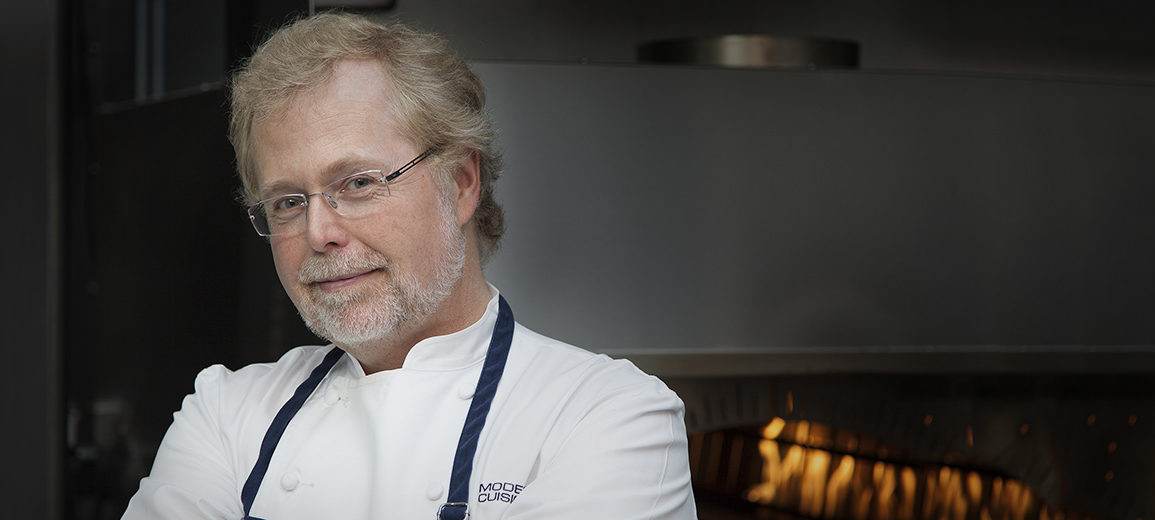Nathan Myhrvold has had a passion for science, cooking, and photography since a boy and by age 14 he had consumed numerous cookbooks, invested in various new cameras and equipment, and enrolled in college.
He went on to earn a doctorate in theoretical and mathematical physics, multiple master’s degrees in geophysics and space physics, and started a software company that was acquired by Microsoft. Yet, he still found the time to be part of the team that won the Memphis World Championship Barbecue contest; stage at Chef Theirry Rautureau’s restaurant Rover’s in Seattle; and earn his culinary diploma from École de Cuisine La Varenne in France.
He later founded Intellectual Ventures back in 1999 after retiring from Microsoft where he worked directly for Bill Gates as the chief technology officer. Unable to find particle information on sous vide cooking, he decided to take on to writing the book on it.
In 2011 Nathan founded the The Cooking Lab, responsible for the much acclaimed publications Modernist Cuisine: The Art and Science of Cooking, Modernist Cuisine at Home, and the most recent Modernist Bread: The Art and Science.
We had the chance to pick Nathan’s brain on his thoughts on photography and his impact on modernist cooking.
It has been seven years since the release of the first book volume Modernist Cuisine. What would you say has been the biggest impact since its release?
Our goal was to share with lots of people cooking techniques that at the time were quite exotic, and I think that worked out. To the point where there are now sous vide machines in every cooking store in every mall and a huge number of menus now feature foods cooked sous vide. Many of the ideas in Modernist Cuisine you may have only seen at El Bulli, Alinea, or The Fat Duck. Now they are everywhere, so I think there has been a huge increase in the interest in modern cooking techniques.
Modernist Cuisine is acclaimed not only for its comprehensive literature on cooking including the history, techniques, equipment, etc., but also for its insightful photography. How did your approach to taking photos for Modernist Cuisine come about?
Creating compelling visual imagery is a huge part of what we do at Modernist Cuisine because we believe the way information is presented is just as important as the quality of the information itself. For example, in Modernist Bread we use rich photographs, detailed illustrations, lively infographics, and a well-thought-out-and-executed design to convey technical and scientific concepts in a way that’s accessible—and that looks pretty cool too. The aim is to show readers how things work rather than just explain the details. The more readers can see, the more they can understand.
Would you say that the photography aspect of Modernist Cuisine/Modernist Bread has become an integral part of the research process? Has the photography given/aided answers to questions/research?
Yes and yes! Photography is a very important part as to how we tell our story and explain complicated technical subjects and also how we ourselves understand the topic. Taking pictures through the microscope or via time lapse or high speed informs us enormously about phenomena that would otherwise be hard to explain.
What’s your favorite camera and lens to capture food in action?
In terms of the technical shots found in Modernist Bread, we primarily used Canon digital cameras, including EOS-1Ds Mark II, EOS-1Ds Mark III, and EOS 5D Mark II.
To learn more about Modernist Bread: The Art and Science visit modernistcuisine.com and get a copy of Modernist Bread: The Art and Science at amazon.com or phaidon.com.





